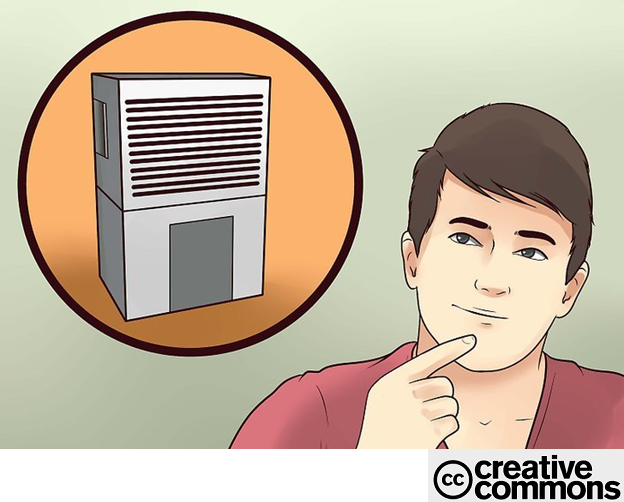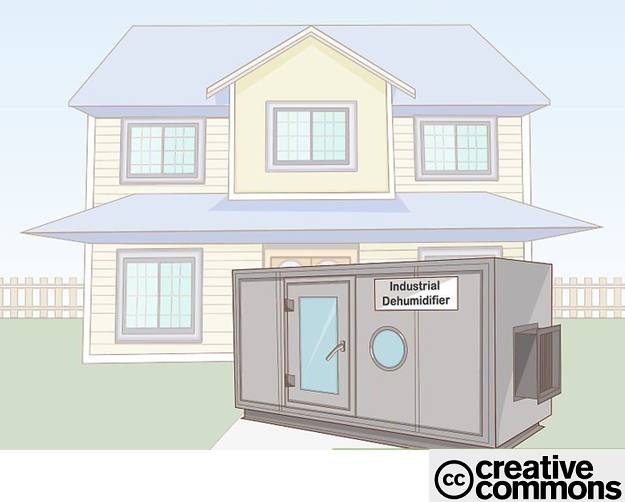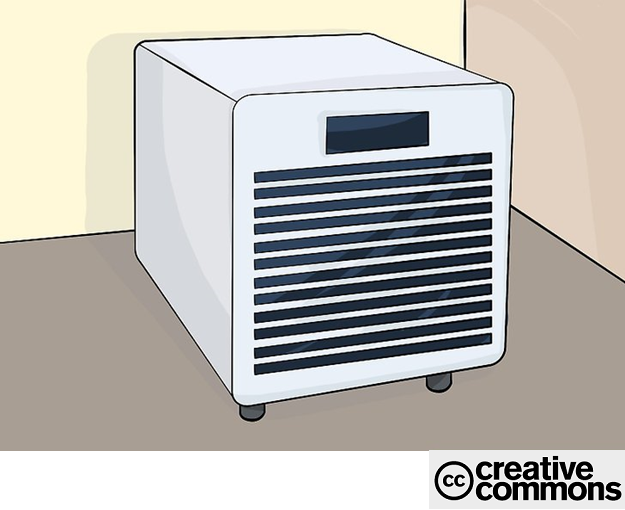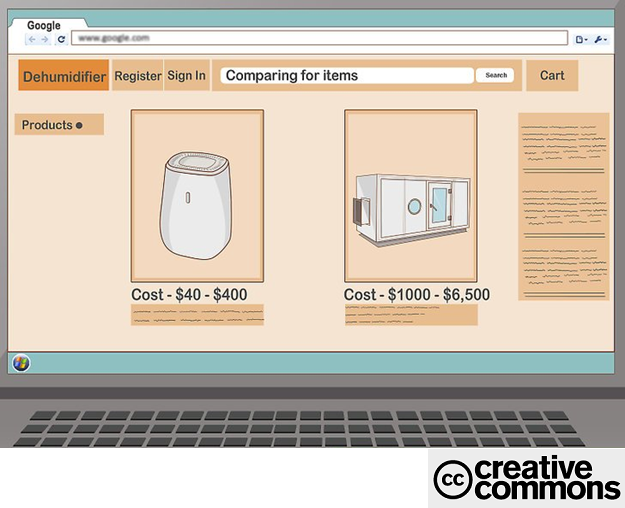Types of Dehumidifiers
Too much moisture in the air? This could lead to mold, bad smells, and adverse health reactions. With an optimal indoor humidity level of 30-50%, it may be worth investing in a dehumidifier to maintain a comfortable environment.
Types of Dehumidifiers
Refrigerant
They condense moisture out of the air. Damp air is extracted and cooled, causing condensation to form from the cold coils. The dry air in the dehumidifier is then passed over warm condensing coils, heating the again before exiting the machine. A perfect transaction!
Desiccant
These units operate by passing air through a moisture absorbent desiccant rotor, generally made out of silica gel. Once the air is dry, it actually blows back into the room to accelerate drying. Water collected within the desiccant wheel is removed by adding heat so the vaporized moisture can then be ducted outside.
How about performance?
Extraction Rates
Refrigerator coil dehumidifiers can remove a larger volume of moisture per day than desiccant and they are used during the early stages of flood restoration. Extraction rates also depend on the make and model of dehumidifier, so check the manufacturers’ guidelines of extraction rates before buying.
Operating Temperature
Desiccant units operate efficiently in cold temperature conditions because the silica gel absorbs the moisture. On the other hand, refrigerant dehumidifiers have a decrease in water extraction at colder temperatures, as the dew point is harder to reach and condensation of moisture out of the cold air is more difficult to achieve.
Running Costs & Noise
Refrigerant units use less electricity, so the overall running cost is lower. However, the desiccant units are much quieter and uses compressors.
This should get you started on your research for which dehumidifier works best for you!






